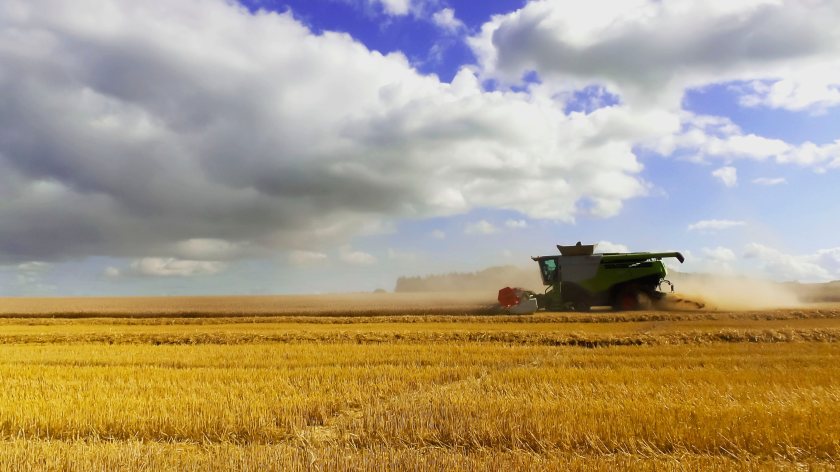
Harvest conditions have improved considerably in the past week following a catchy start, AHDB has said in a new progress report.
The levy board has this week published its first harvest report of 2024, covering the beginning of harvest up to 31 July.
Intermittent rain earlier in the summer has given way to mostly warm, dry weather allowing winter crop harvesting to progress well.
In total, 85% of the GB winter barley harvest is complete, which is well ahead of the same time last year, when harvest was 48% complete.
It is also well ahead of the five-year average of 51% complete at this point in the season, AHDB noted in the report.
Similarly, 73% of the winter oilseed rape harvest is complete, where as in 2023, just 21% had been harvested at this time.
This year’s pace is also well ahead of the five-year average of 29 percent complete.
Olivia Bonser, AHDB senior analyst, said: "It is perhaps not surprising to see the percentage completion of harvest for these crops being at a higher rate of completion than previous years.
"This is due to both the favourable weather in the past week, and the smaller overall crop area to harvest following the wet planting and growing season."
Anecdotal reports suggest that small areas of winter wheat and spring barley have been harvested, the report explains.
Results used for the report also showed a small proportion of oats have been cut, though data is very limited.
For winter barley, early yield indications vary greatly from 5.3-8.5 t/ha, averaging 6.2 t/ha, which is down 12% on the UK five-year average.
Better yields have been seen in the East of England, while the East Midlands saw the greatest fall on average yields so far.
Specific weights are coming in between 59-72 kg/hl, the report explains. Screenings are a little lower than normal due to a smaller grain size.
Ms Bonser said: "Though nitrogen content is generally low, ranging from 1.3-1.6%. Moisture has also varied, with the higher levels seen in Yorkshire and the Humber, and lower levels in the Eastern region.
"For oilseed rape, yield variation is also significant. GB yields range from 2.0-3.6 t/ha, and average 2.9 t/ha, down 10% on the UK five-year average.
"Oil content is currently ranging between 43-46%, though there are reports of small seeds. Moisture content is averaging 8.3%, ranging from 6.7% in the East, to 10.2% in the North West."
